Categories
- animatronics (12)
- apple (11)
- arduino (179)
- art (41)
- articles (121)
- artificial intelligence (11)
- automation (421)
- avr (205)
- bitcoin (3)
- breadboard (9)
- cameras (57)
- cars (26)
- cell phones (28)
- clothing mods (21)
- console mods (26)
- dangerous (94)
- desktop mods (24)
- embedded (5)
- flying things (54)
- fpga (22)
- gaming creations (108)
- interface (225)
- internet (17)
- laptop mods (6)
- lasers (22)
- linux (7)
- magnetic (3)
- medical (12)
- microcontrollers (51)
- misc projects (152)
- msp (12)
- music (124)
- pic (90)
- projects (23)
- pyroedu (76)
- raspberry pi (26)
- robots (312)
- security (36)
- sensors (307)
- software (200)
- solar (19)
- stamp (9)
- tools (149)
- tutorials (98)
- Uncategorized (45)
- usb (44)
- wireless (256)
Sponsors

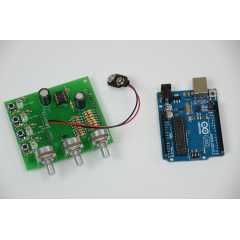
Posted June 20, 2013 by Chris
“ In this article we will go through the process of building this Arduino Waveform Generator Shield whilst simultaneously reviewing the bugs and features found during the construction and usage. This article will focus mainly on the hardware side of things since the firmware was pre-written for the Arduino.”
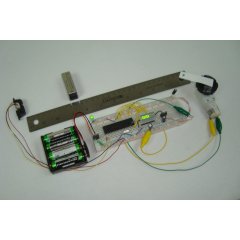
Posted January 3, 2013 by Chris
“In this article, we will go step-by-step through the process of understanding, designing and building a system that uses an infrared proximity sensor for input, correlates that input to how far away an object is from the sensor and then drives a motor and some LEDs at distinct speeds depending upon the proximity of the object.”
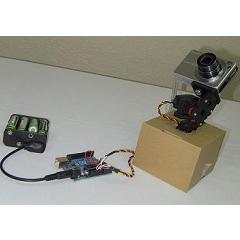
Posted October 4, 2012 by Chris
“In this article, we’ll continue looking into how to control servo motors by controlling two at the same time. We’ll take a look at some of theory behind the actual servo signal and control, then how to wire up the two servos to an Arduino UNO board and finally write up some software to control them both synchronously and asynchronously.”
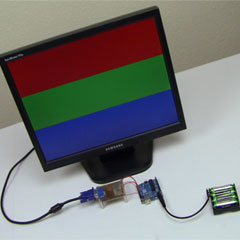
Posted September 6, 2012 by Chris
“In the past I have built many, many VGA based projects,, but never with Arduino and so, in this article, we will use the Arduino UNO platform to simulate VGA signals using straight C code. This doesn’t even come close to how video card designers do it, but it’s a fun exercise in seeing how well we understand the timing of the Arduino and AVR microcontroller as well as the VGA protocol.”
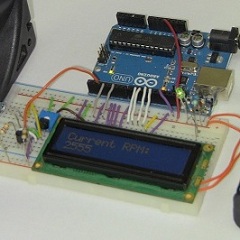
Posted August 30, 2012 by Chris
“In this article we will explore how to use an IR transmitter and receiver break-beam pair similar to the PIC Tachometer project I built a few months ago, but because of popular demand, the Arduino system will be used for all the processing and break-beam interruption counting. The end result will be a 16×2 LCD displaying the RPM of some computer fans.”
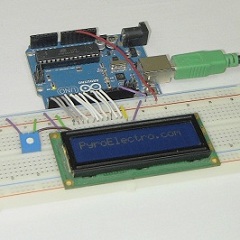
Posted August 23, 2012 by Chris
“This article will be very similar to the 16×2 LCD PIC Interface and FPGA to 16×2 LCD articles, but this time we will be looking at how to use the Arduino to interface with a standard 16×2 LCD. Remember these LCDs allow for english, greek, numbers and japanese hiragana/katakana to be output so they’re very useful in many, many ways.”
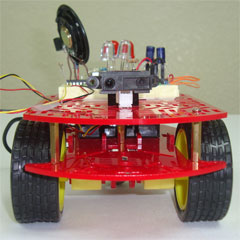
Posted May 17, 2012 by Chris
“This week we will continue our Building A Robot series with Part 3: The Proximity Sensor. The standard IR proximity sensor will be introduced and integrated into the robot we built in Part 1: The Chassis and combined with the motor control we developed in Part 2: Motor Control. The final product will be a robot that can sense its surroundings.”
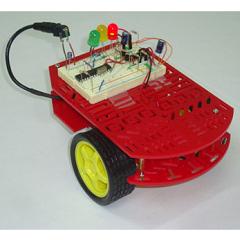
Posted May 10, 2012 by Chris
“In this article we will move forward with the Building A Robot series by adding the electronics necessary to control the speed and direction of both motors on the robotic chassis, which we developed in the previous article, Part 1: The Chassis. The two main additions in this portion of the project are a microcontroller and a motor controller IC.”
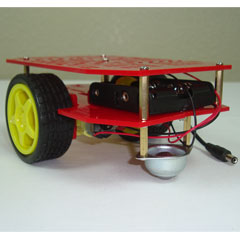
Posted May 3, 2012 by Chris
“Another month purely devoted to robotics is upon us and we’re celebrating by releasing a 5 part, Building A Robot, series. This week we’re starting with the fundamentals, learning about DC motors and a Robot Chassis. Every week we’ll learn something new as we progress toward having a fully-functional robot.”
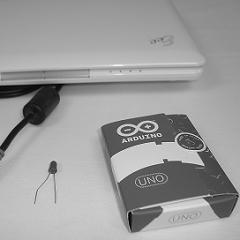
Posted April 19, 2012 by Chris
“In this article we will take a look at a standard Arduino, understand what’s necessary for building small programs for it, use an example program and modify it to get a feeling for the basics. This article is meant for anyone who just purchased an Arduino Platform and wants to get started with it, so no Arduino robots this time around! ”






